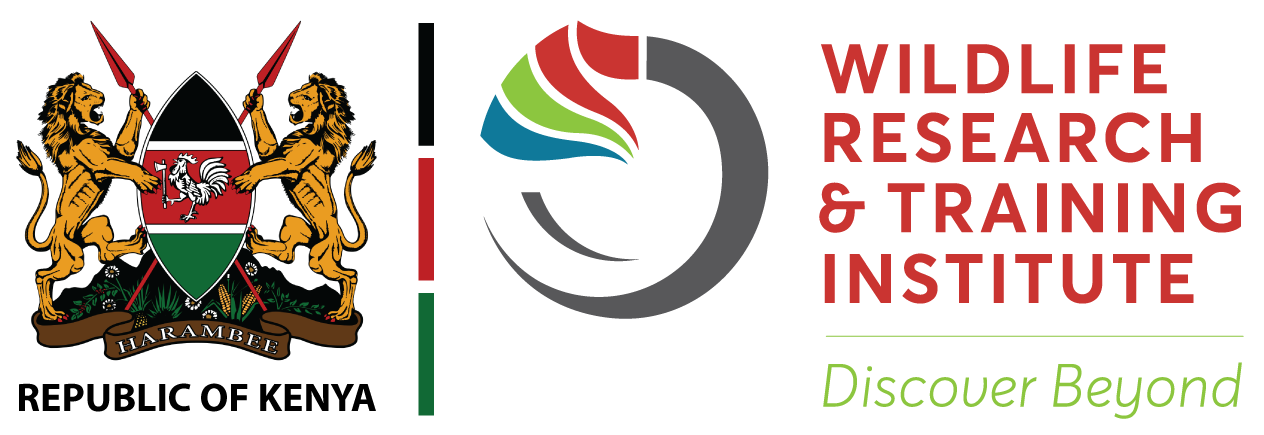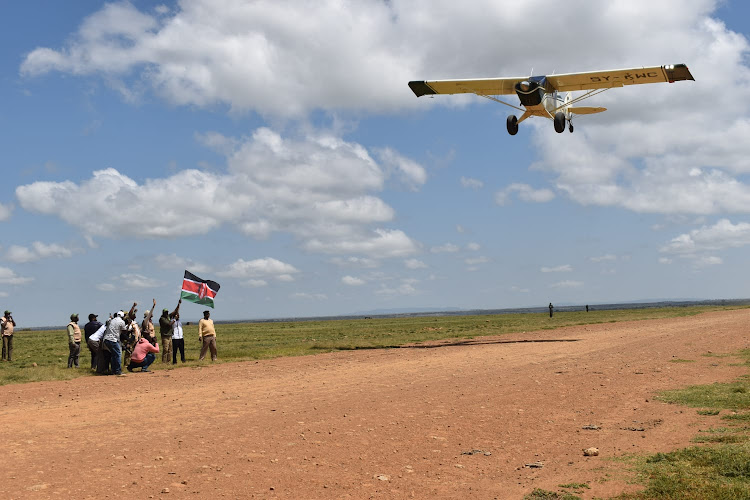The government is conducting a national wildlife census to inform conservation and management strategies.
Tourism and Wildlife CS Alfred Mutua launched the year-long exercise on June 19 at Narok airstrip.
Mutua said Kenya has a wide diversity of ecosystems with more than 35,000 species of animals and plants.
The CS, however, decried that the country’s wildlife populations continue to decline despite national and international policies.
“This significant event marks a milestone in our ongoing commitment to the conservation and sustainable management of our precious wildlife heritage,” Mutua said.
A wildlife census should be undertaken every three years in line with ecological cycles of fertility and mortality.
“Effective management requires knowledge of the current status of wildlife as envisioned in Pillar 3 of the National Wildlife Strategy 2030 on ‘Evidence-based decision-making’,” Mutua said.
His ministry is mandated to gather and provide information to facilitate the development of two critical reports, namely, the ‘Wildlife Conservation Status Report’ and the ‘Wildlife Resources Monitoring Report’ to be presented to Parliament.
Kenya’s key wildlife landscapes are currently facing multiple challenges, including increasing human and livestock populations, impacts of global climate change, the spread of invasive and alien species, and the dangers of infectious zoonotic diseases.
This means frequent monitoring remains a priority.
Accurate data on wildlife will also guide the allocation of resources, ensuring that critical areas receive the attention and funding they require.
The current census follows one conducted from May to August 2021 that generated baseline numbers of wildlife.
The 2021 census covered 343,380 km2 of Kenya’s landmass at a cost of Sh250 million.
The census showed 36,280 elephants, 897 black rhinos, 842 white rhinos, two northern rhinos, 2,589 lions, 5,189 hyenas, 1,160 cheetahs, 865 wild dogs and 41,659 buffaloes.
Mutua said the numbers generated from the 2021 census have been used to formulate or update national species recovery and action plans such as for the roan antelope in Ruma National Park, the sable in Shimba National Reserve, rhinos, pangolins and other species.
“The data has been used to identify important wildlife areas and therefore establish community conservancies, for example in Narok, Garissa and other Northern counties. It has also informed protected area and ecosystem-wide management plans,” Mutua said.
The results have also been used to review the National Wildlife Strategy 2030 and the current review of the Wildlife Act.
The data was used to compile Kenya’s Natural Capital Atlas, to inform tourist promotion by identifying destinations based on biodiversity hotspots and to inform wildlife research.
The budget for the current census is Sh302 million.
The first phase is supported by the Tourism Promotion Fund, which provided Sh60 million.
It will cover the greater Masai Mara ecosystem, Amboseli/Magadi, Nairobi Athi-Kapiti landscape, and all the closed sanctuaries including Solio, Mwea, Lake Nakuru and Ruma national parks.
Mutua said the state through the Tourism Promotion Fund will cover the costs of the second phase II in the rest of the country.
The methods used for the census include aerial counts, ground counts, and spatially explicit capture recapture for carnivores.
Wildlife Research and Training Institute director Dr Patrick Omondi said the census is a result of meticulous planning, extensive research and collaboration with stakeholders.
“The institute has developed rigorous scientific methodologies to conduct the wildlife census. These methodologies ensure that we gather reliable data on wildlife populations, their distribution and their habitats. By employing advanced technologies such as satellite imagery, GPS tracking and drone surveys, we aim to achieve a level of precision and detail that is unprecedented,” Omondi said.
There are new and emerging issues that pose challenges to wildlife conservation.
Omondi said the impacts of climate change are becoming increasingly evident, affecting wildlife habitats and migration patterns.
“The census will help us understand these changes better and devise strategies to mitigate their effects.”
On November 5, 2022, the Wildlife Research and Training Institute released a report showing that many iconic species had died due to lack of water and pasture.
The institute said urgent interventions must be put in place to save the animals dying in various ecosystems and conservancies due to a lack of water and pasture.
The WRTI in a study said in the previous two seasons (October 2021 to May 2022), the country had received rainfall below average and more than 1,000 wildlife deaths had been recorded.
The most affected species were wildebeests, common zebras, elephants, Grevy’s zebras and buffalos, with the Amboseli, Tsavo and Laikipia-Samburu ecosystems being the hardest hit.
The study found that 512 wildebeests, 381 common zebras, 205 elephants, 49 Grevy’s zebras and 51 buffalos died.
“The Amboseli and Laikipia-Samburu ecosystems are worst affected by the drought having recorded more than 70 elephant deaths. The continued worsening of the drought condition could affect more rhinos in overstocked rhino sanctuaries,” the report stated.
Most of the elephant deaths were recorded in Amboseli, Laikipia-Samburu and Tsavo conservancies.
Omondi said human-wildlife conflict is another emerging issue facing the iconic species.
As human populations expand and encroach on wildlife habitats, conflicts between people and wildlife have intensified.
Omondi said gathering accurate data on wildlife distribution would enable decision makers to develop more effective measures to address the conflicts.
He said the data generated will form the foundation for future conservation efforts as it will guide policy formulation, resource allocation and the implementation of targeted conservation programmes.
The WRTI director said the institute will continue to engage and involve local communities in conservation efforts, recognising their invaluable role as stewards of the land and wildlife.
“Raising public awareness about the importance of wildlife conservation will remain a priority. An informed and engaged public is crucial for the success of our initiatives.”
WRTI board chairman David Nkedianye said the institute has finalised a national wildlife training agenda aimed at equipping the next generation of conservationists with the skills and knowledge necessary to tackle contemporary and emerging wildlife conservation challenges.
“Our commitment to data-driven conservation remains unwavering. The information gathered from previous censuses has informed national policies and strategies, leading to the implementation of targeted conservation measures,” he said.
By Gilbert Koech
Credit THE STAR

